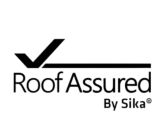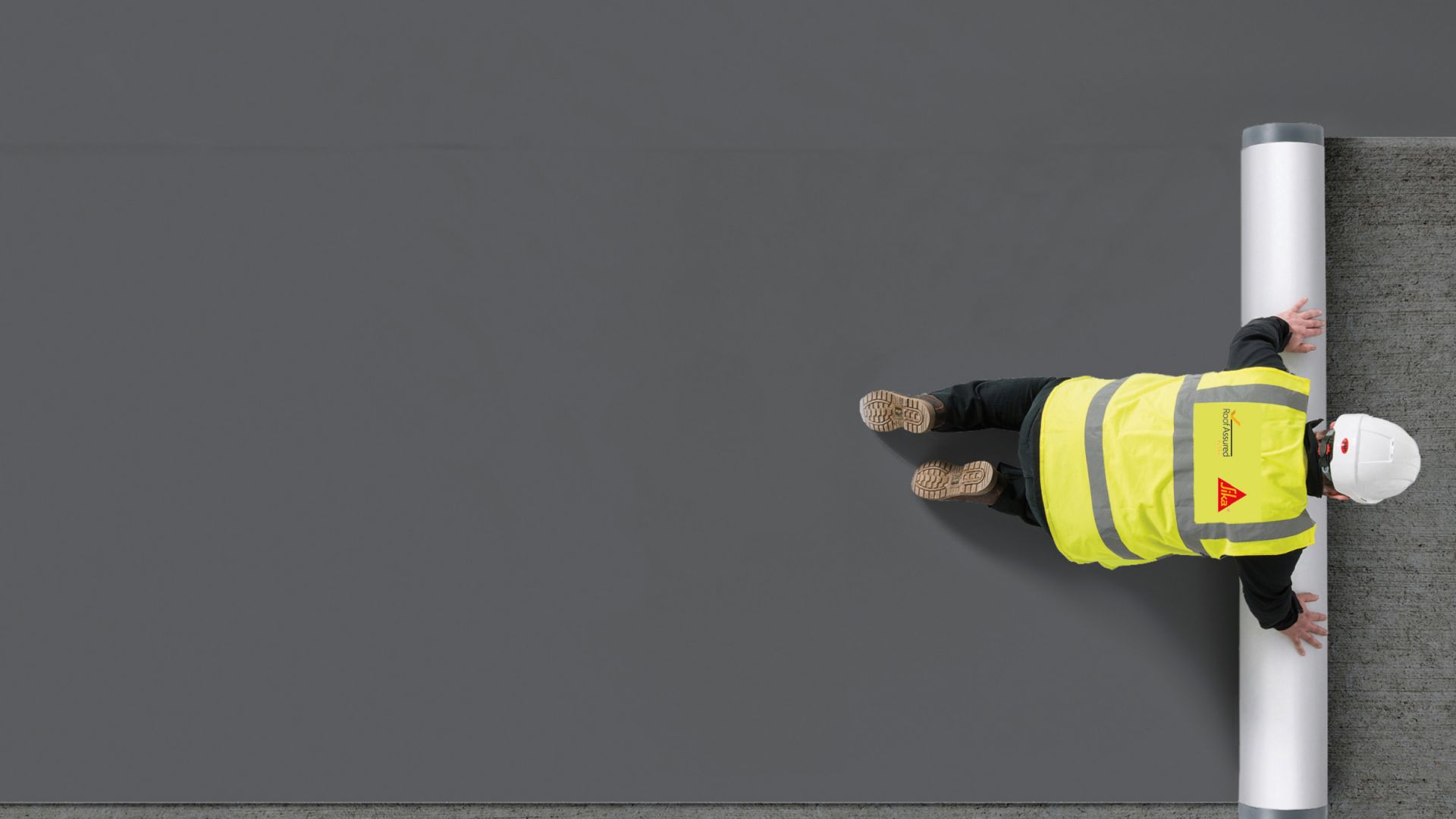Cold Deck
This is a common roof but can be the least thermally efficient and one of the most problematic. This roof design can be prone to the manifestation of condensation within the roof void. From the room ceiling up the build is as follows: the ceiling is attached to the roof joists that support the roof construction. A polyethylene vapour barrier is laid into the roof void and mineral insulation is loose laid between the rafters. The roof deck is then fixed to the rafters and the is then installed. In most cases this construction will have to be ventilated to avoid condensation.
Warm Deck
This is the most modern method of construction and is recommended where possible (although not all situations are able to accommodate this design).
From the room ceiling up the construction is as follows: The roof joists support the roof construction the internal ceiling is attached to these. On top of the joists the roof deck is fixed. A vapour barrier is laid on to the deck and the appropriate thickness of insulation is fixed to the roof deck. The waterproof roof cover is then installed.
This method of insulating the roof alleviates the condensation forming in the roof void (subject to the correct design & condensation risk analysis) and complies with the current building regulations.
Flat Roof Insulation
Insulating a flat roof can deliver real benefits; a warm comfortable room, lower energy bills and improved energy . Building regulations can also mean insulation is compulsory. Your Roof Assured installer can offer roofing systems to include insulation options that ensure the thermal performance of your roof meets the stringent building guidelines.


